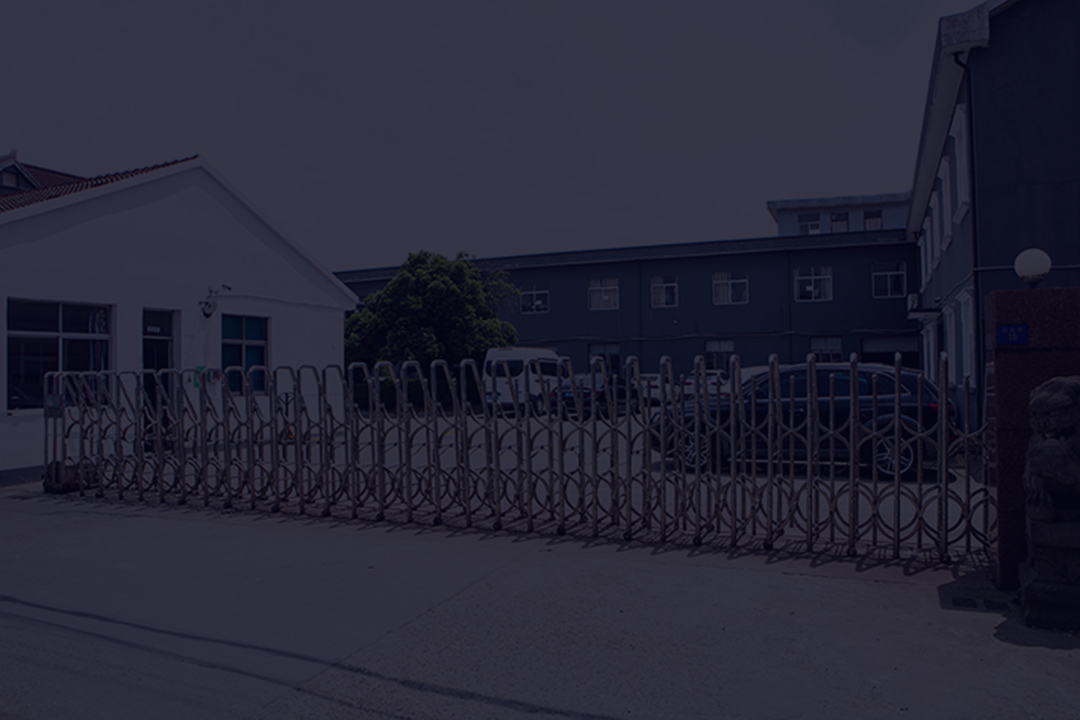

I. Detailed Introduction to the Oil Pan
1: The oil pan is an important component of the engine lubrication system, located at the bottom of the engine, serving as its 'oil reservoir' and 'protective umbrella.' It primarily functions to store engine lubricating oil and provide a stable supply for the oil pump, while also protecting the components at the bottom of the engine to ensure continuous and stable operation under complex working conditions. Its performance and quality directly affect the engine's lubrication effect, heat dissipation efficiency, and overall reliability.
2: The main structure of the oil pan is usually made from stamped steel plate, aluminum alloy, or high-strength engineering plastic. Stamped steel plate oil pans have high strength and rigidity, capable of withstanding significant mechanical stress and impact, and are commonly used in medium and large vehicles and heavy-duty engines; aluminum alloy oil pans, due to their low density and excellent heat dissipation properties, are widely used in modern automotive engines where lightweighting is highly demanded. They not only help reduce the vehicle's weight and improve fuel economy but also quickly dissipate the heat from the engine oil, maintaining its good working performance; engineering plastic oil pans, with their low cost, light weight, and corrosion resistance, are gradually emerging in the field of small passenger cars. Moreover, their molding process is simple, allowing for complex structural designs.
III. Detailed Explanation of Hot Melt Welding
1. Hot melt welding enables thermoplastic parts to fuse at the molecular level, with the strength of the welded joint approaching or reaching that of the parent material itself. In practical applications, welded parts can withstand significant tensile, shear, and impact forces. The equipped precise control system can strictly control various parameters during the welding process, ensuring consistent process conditions for each weld. In mass production, the welding quality of products has high stability and consistency, resulting in low defect rates, which is beneficial for improving production efficiency and product quality, as well as reducing production costs.
2. Through hot melt welding, the oil pan can effectively resist the effects of oil pressure and high temperatures during engine operation, preventing oil leaks. Even under long-term vehicle use and frequent engine vibrations, it maintains reliable sealing performance, avoiding poor engine lubrication caused by oil seepage, which could lead to malfunctions.